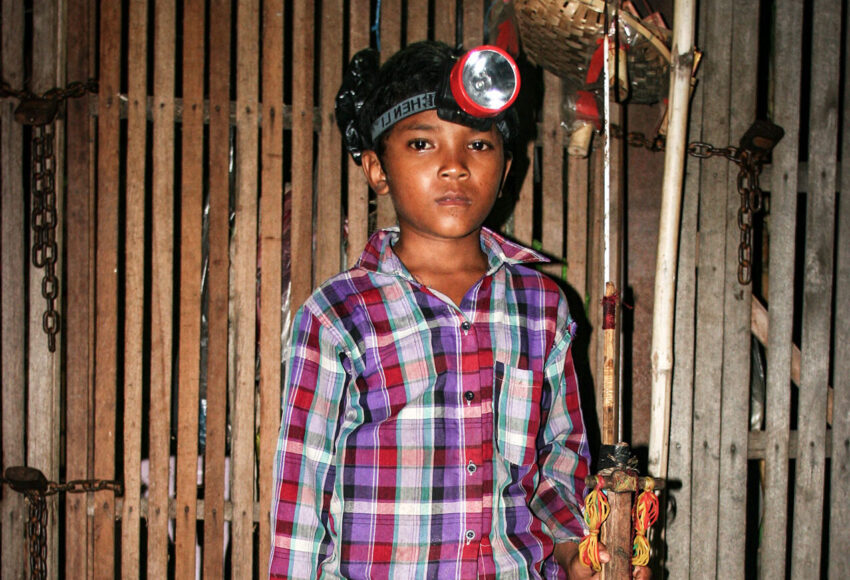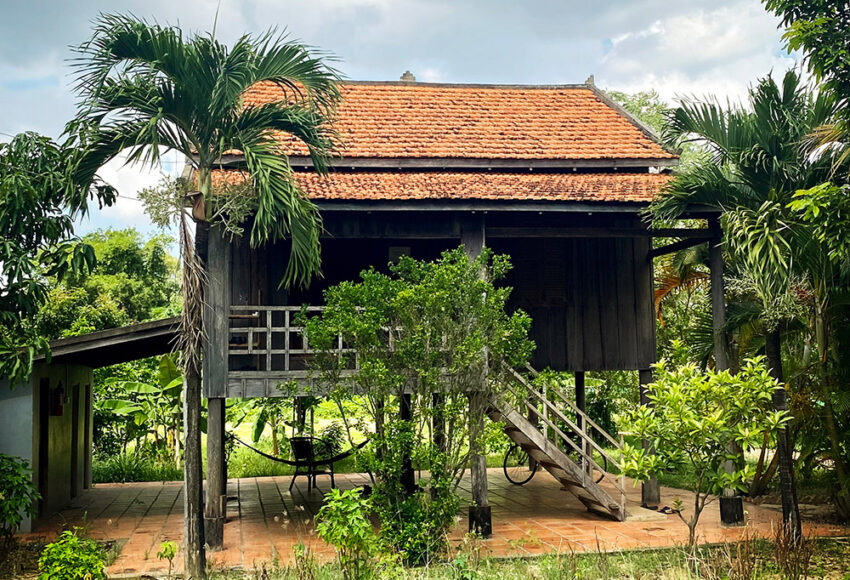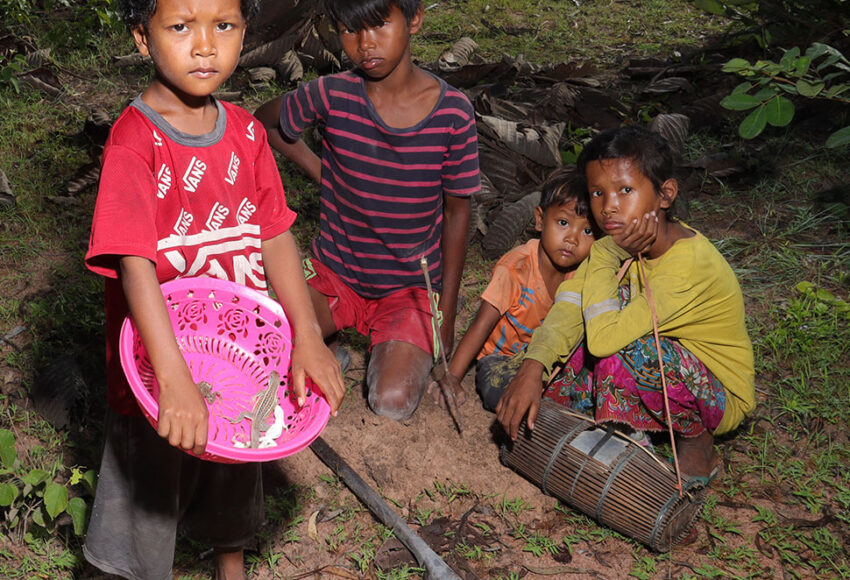Cambodia
“At the moment, there is no place for us in this world.”

Migrant worker Kuy Sreyny (20) and her daugther
When international news agencies reported the outbreak of fighting between Cambodia and Thailand on 24 July, it accelerated the mass return of hundreds of thousands of migrant workers travelling from Thailand to be with their families, which had already begun in the weeks before. According to the International Organisation for Migration (IOM), up to 800,000 Cambodian nationals returned via official border posts between June and August, but the IOM estimates that the actual number is probably much higher.
While this is a typical movement in times of crisis, in this case it has dramatic consequences. They are returning to a labour market that is in no way prepared for their return.
“The Cambodian labour market is a paradox,” Tola Mouen, executive director of the Centre for Alliance of Labour and Human Rights, told The Guardian. Although official figures suggest near full employment, they mask the reality. More than 14% of workers earn less than $2.15 per day and 53% are in precarious employment. ‘Given these figures, and the extent of household debt, I don’t see how Cambodia could absorb all the returning migrant workers — not even half of the estimated 1.2 million in Thailand,’ Mouen says.
And it’s going to get much worse. Due to uncertainty surrounding the impact of problematic American tariff policies, the Cambodian economy is under even greater pressure than before. The tariffs will jeopardise hundreds of thousands of jobs, particularly in the garment, footwear, and travel goods industries, which employ one million people, mostly women, according to the UN. The textile industry is the backbone of the Cambodian economy.

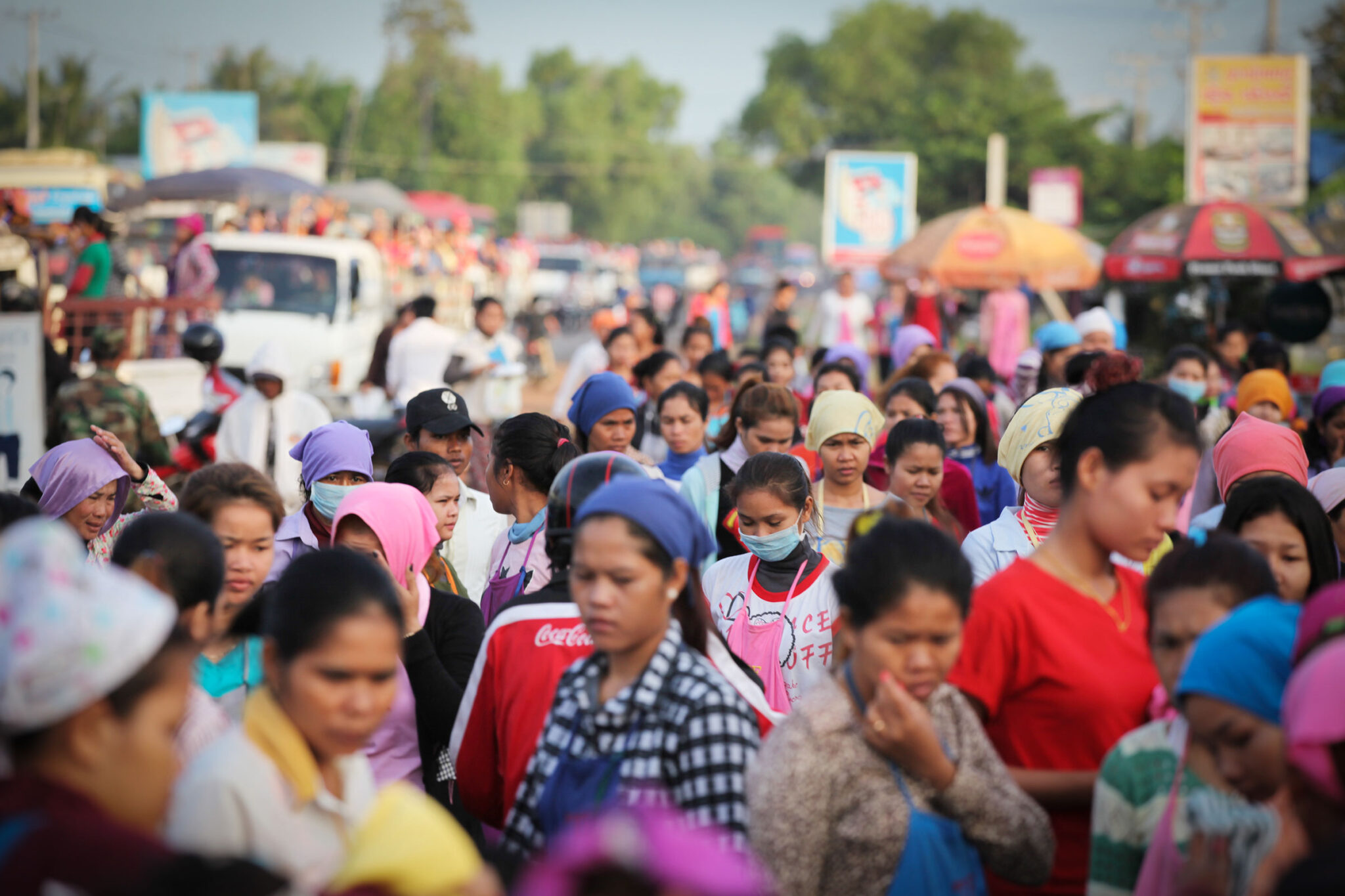
In 2024, the United States was the largest single buyer of textile goods, accounting for more than $5.2 billion (38.5%) of Cambodia’s total export earnings. It exported goods worth $12.7 billion to the United States and imported just under $322 million, resulting a trade surplus that brought the country into the crosshairs of Trump’s irritating tariff policy.
Around 360,000 manufacturing workers in Cambodia depend directly on US demand, and many of them risk losing their jobs if the tariffs remain in place.
“We are talking about significant losses here,” says Massimiliano Tropeano, a clothing sector consultant and member of the European Chamber of Commerce in Cambodia, as quoted in The Guardian. ‘Factories that supply American brands will be significantly affected.’ He believes that up to 150,000 textile industry jobs could be lost.
These figures may seem abstract and difficult to comprehend. We would therefore like to give a voice to the people in our region who are directly affected.
“I returned to the district after hearing about the fighting at the border because I was worried about my family,” says Kuy Sreyny, whom we asked about her well-being as part of our initial relief efforts. “We’ve been back for a few weeks, but there’s simply no work. Where should we go? At the moment, there’s no place for us in this world.”

Hen Heurn (31), whom we also spoke to during the distribution of aid supplies, expressed similar sentiments. Until the outbreak of the current border disputes, he worked at a market in Thailand. Then his employer sent him back because Thai customers were increasingly expressing negative opinions about Cambodian workers.
“As long as we were working in Thailand, we were able to regularly send a little money home. It helped to feed the family and pay off debts. Now we have nothing and can only hope for a miracle. Maybe I can find work at Smiling Gecko.”
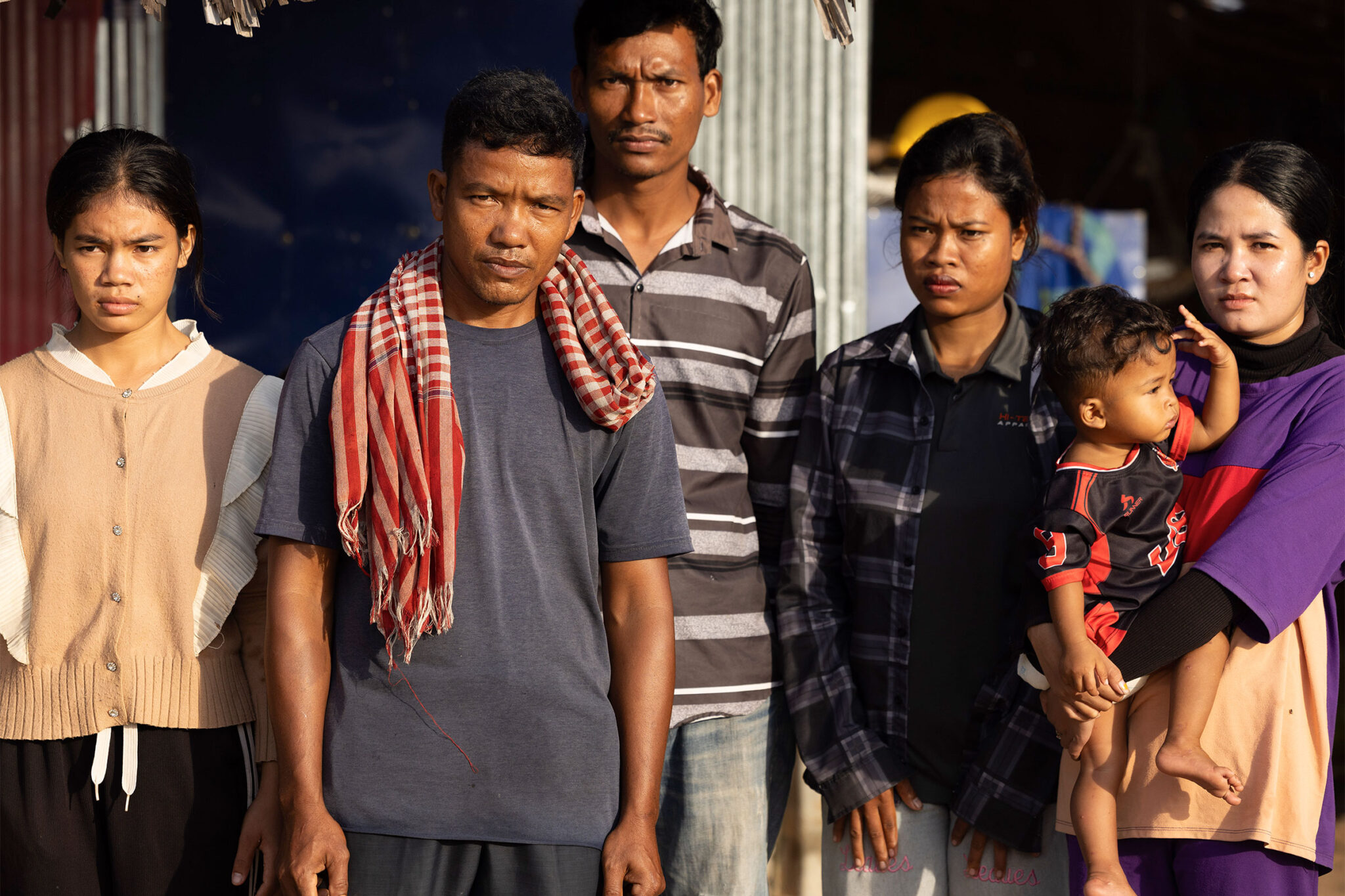
It is immensely painful to disappoint this hope. For people like Sreyny and Heurn, it is practically impossible to find jobs in our region that could even begin to compensate for this loss. The same applies to state support, which simply does not exist here. But how else are these people supposed to make ends meet?
Honestly? We don’t know. For now, our organisation must support the affected families in our community to the best of our ability.
This is a Herculean task which, to be honest, we are currently only partially able to cope with due to a lack of financial resources. But we have to help. Because no one else will.

The historical background to the conflict: The border conflict between Cambodia and Thailand has its roots in the colonial past of both countries: the border between what was then Siam and French Indochina was established in treaties at the beginning of the 20th century, but remained vague – especially around the Preah Vihear Temple in the Dângrêk Mountains, a UNESCO World Heritage Site. In 1962, the International Court of Justice (ICJ) awarded the temple to Cambodia, which Thailand has only accepted to a limited extent to this day. There have been repeated armed clashes in the past, particularly between 2008 and 2011.
In May 2025, the conflict escalated again after a Cambodian soldier was killed in an incident in the border region. Both sides mobilised troops. This was followed by border closures, trade stoppages, mutual threats and nationalistic media coverage – from which we explicitly distance ourselves. In armed clashes between 24 and 28 July, between 32 and 43 people were killed, depending on the source. Most of them were civilians.
On 28 July 2025, a fragile ceasefire agreement was reached through the mediation of Malaysia. At the beginning of August, bilateral talks began with international observers, with many issues still unresolved – such as the return of Cambodian prisoners and the final clarification of several disputed border sections.

